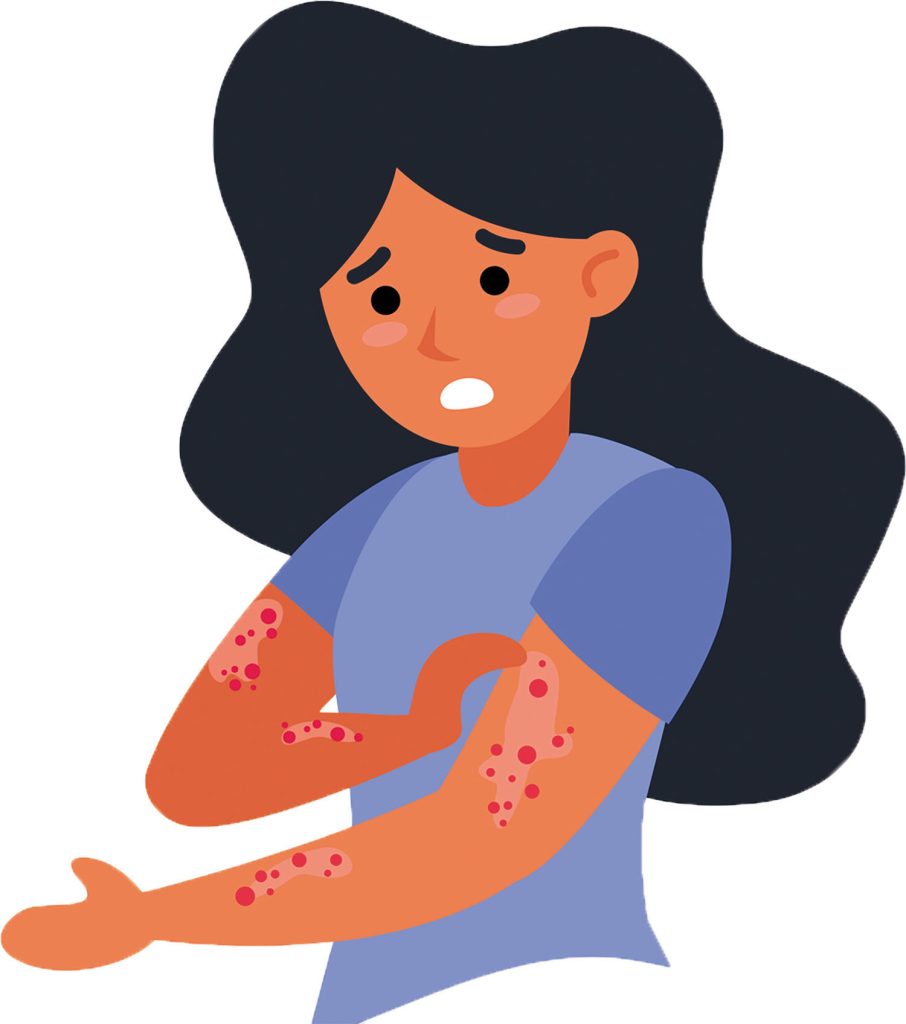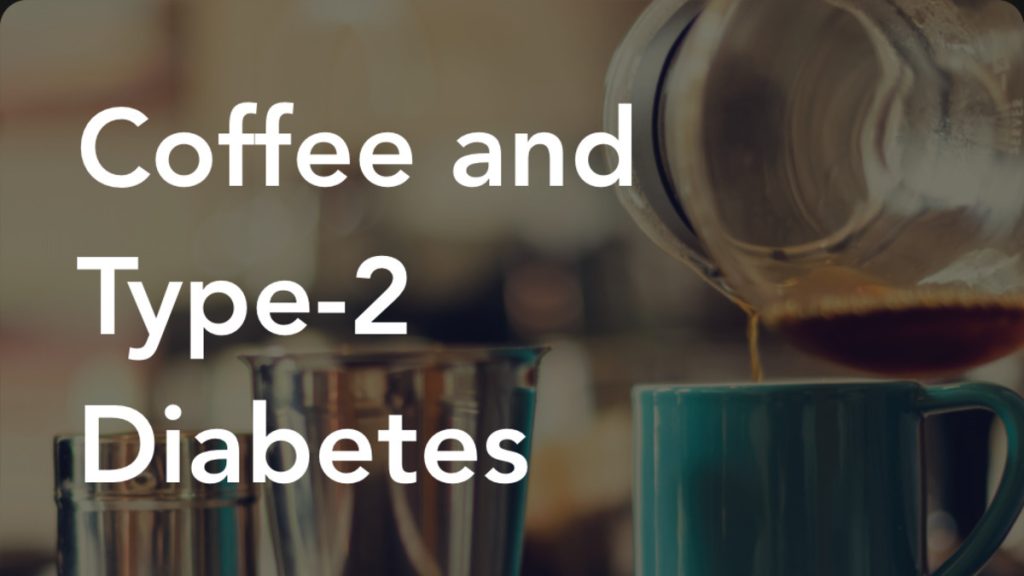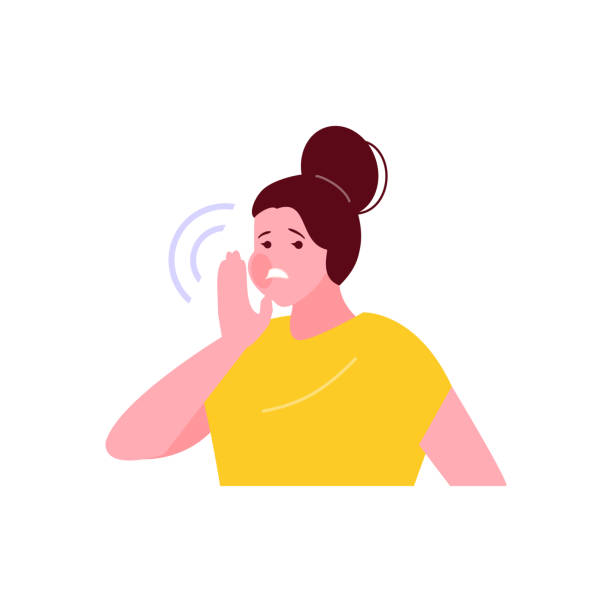Managing chronic inflammation with psoriasis
Despite not knowing the precise cause, medical professionals believe psoriasis to be an inflammatory immune-mediated condition. This indicates that the underlying cause of this illness is inflammation. In the US, up to 3% of adults suffer from psoriasis. In addition to affecting the eyes and joints, it can also cause symptoms on the skin, such as discoloration and elevated plaques. According to experts, the common factor that can impact these various areas is inflammation.
The dermis, or middle layer of skin, becomes thicker with inflammatory cells in psoriasis sufferers due to immune system malfunction. Additionally, the disorder accelerates the growth of skin cells in the epidermis, or outer layer of the skin. Skin cells develop and shed over the course of a month. For those who have psoriasis, this process accelerates to a matter of days. Skin cell accumulation on the skin’s surface occurs when skin cells accumulate rather than shed, causing uncomfortable symptoms like raised plaques, scaling, swelling, redness, or discoloration. Psoriasis is a skin condition, but it affects the entire body because of the inflammation it causes. It may raise the chance of developing psoriatic arthritis, cancer, inflammatory bowel disease, and heart disease.
While inflammation in psoriasis is caused by immune system dysregulation, research indicates that individuals can potentially decrease this inflammation by making lifestyle and dietary adjustments. By doing so, symptoms may lessen and overall quality of life may improve. Many individuals with psoriasis have been able to achieve remission, where they do not experience symptoms for an extended period, through these methods. Furthermore, there are medications available that target inflammation in psoriasis, such as topical corticosteroids, injectable biologics, and oral medications. Treatment for psoriasis varies for each person, with some requiring more intensive care than others.
Although there isn’t a cure for psoriasis at this time, adopting these behaviors may help lower inflammation brought on by the condition and raise the likelihood of a remission. Food has a big influence on systemic inflammation. Research indicates that specific inflammatory eating habits may heighten the likelihood of developing psoriasis and exacerbate its symptoms. A healthy diet varies depending on the individual. Nonetheless, someone can establish one by taking the subsequent actions:
Steer clear of inflammatory foods: Some foods and drinks have ingredients that promote inflammation, which can exacerbate psoriasis symptoms. Soda and highly processed foods like candy, processed meat products, and salty snacks are two examples. Taking into account an anti-inflammatory diet: Psoriasis symptoms are regularly reduced by diets high in fruits, vegetables, and other nutrient-dense foods. For instance, a 2018 study of 35,735 individuals, 3,557 of whom had psoriasis, revealed that those who ate a Mediterranean-style diet had psoriasis that was less severe than that of those who did not.
One risk factor for the development of psoriasis is obesity. In addition to having more severe symptoms than those with a moderate weight, psoriasis sufferers who are overweight or obese may also have the condition. For those who are overweight, losing weight may help lower inflammatory markers and alleviate psoriasis symptoms. According to a 2020 study, individuals with psoriasis who were also overweight or obese and who lost 12 percent of their body weight over the course of a 10-week program saw a 50–75 percent reduction in the severity of their psoriasis. On average, participants lost twenty-three pounds
Avoiding or giving up smoking: Smoking seriously compromises one’s health and exacerbates inflammatory illnesses, such as psoriasis. These are just a few habits that can help lower inflammation and improve the symptoms of psoriasis. Cutting back on alcohol: Drinking too much alcohol can exacerbate psoriasis symptoms and cause inflammation. Remaining active: Limiting extended sitting times may help lessen the symptoms of psoriasis. According to a review of the literature, psoriasis sufferers who lead sedentary lifestyles experience more severe symptoms than those who engage in regular exercise.
Getting enough sleep: Sleep deprivation can cause the body to go into a pro-inflammatory state. Research indicates that irregular and inadequate sleep patterns may elevate inflammatory markers in the bloodstream. For optimum health, experts advise adults to get 7–9 hours of sleep every night. Controlling stress: Extended periods of stress cause the immune system to become hyperactive and lead to a state that is pro-inflammatory. Stress is cited by up to 88% of psoriasis sufferers as a trigger for their symptoms. It could be beneficial to practice stress-reduction methods like yoga and meditation
Anyone who is interested in learning how to lessen inflammation and symptoms associated with psoriasis and is going through a flare-up should think about talking to their dermatologist and other members of their healthcare team. They can offer advice on diet and lifestyle modifications that may help reduce inflammation and lessen the symptoms of psoriasis, as well as treatment options based on the severity of the symptoms. They might also advise taking supplements or vitamins.


